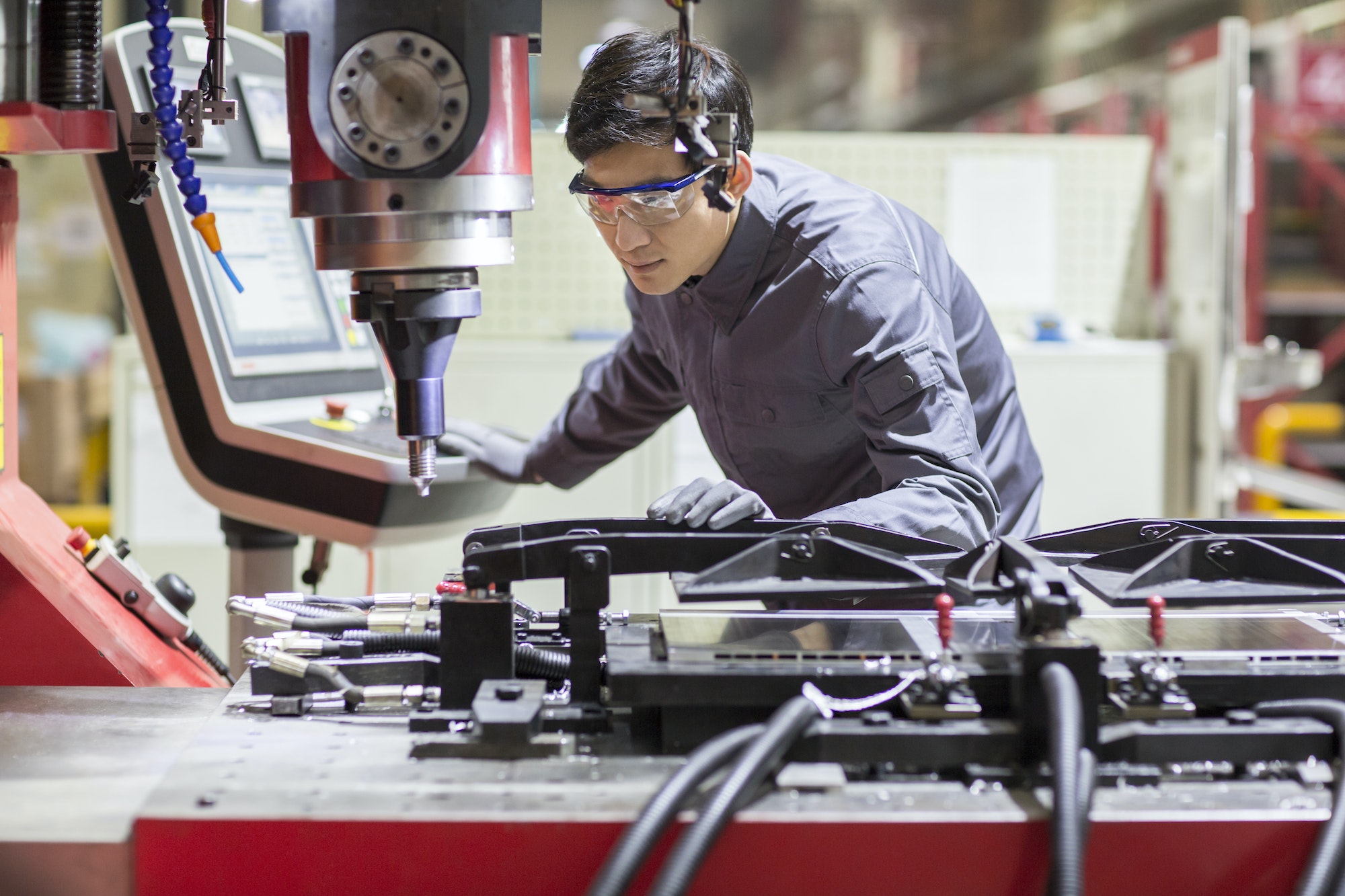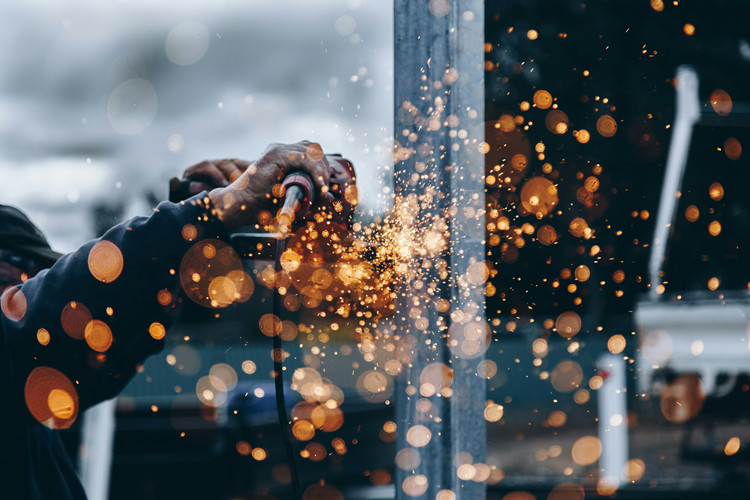Introduction
Sheet metal fabrication is a versatile manufacturing process that creates metal parts and structures by cutting, bending, and assembling thin metal sheets. This method is widely used in the automotive, aerospace, construction, and electronics industries due to its efficiency, precision, and cost-effectiveness.
Key Processes in Sheet Metal Fabrication
- Cutting
Cutting is the first step in sheet metal fabrication, where large sheets are trimmed into smaller, workable pieces. Common cutting techniques include:
Shearing – Uses a blade to make straight cuts.
Laser Cutting – A high-precision method using a laser beam for intricate designs.
Plasma Cutting – Uses ionized gas to cut through thick metal sheets.
Water Jet Cutting – Employs a high-pressure water stream (sometimes mixed with abrasives) for precise cuts without heat distortion.
- Bending
Bending reshapes sheet metal into desired angles using press brakes or folding machines. Techniques include:
V-Bending – The most common method, using a punch and die.
Air Bending – Only the edges of the sheet touch the die, allowing for flexibility.
Bottoming/Coining – Applies high pressure to achieve precise angles.
- Punching
Punching creates holes or shapes in metal sheets using a punch and die. This process is essential for making ventilation grilles, enclosures, and mounting holes. - Stamping
Stamping involves pressing sheet metal into a die to form complex shapes, commonly used for mass production (e.g., automotive panels). - Welding & Joining
After shaping, metal parts are often joined using:
TIG/MIG Welding – For strong, clean welds.
Spot Welding – Used in automotive assembly.
Riveting & Adhesives – Alternative joining methods for non-weldable materials.
- Finishing
Final treatments improve appearance and durability:
Powder Coating – Provides a protective and decorative layer.
Anodizing – Enhances corrosion resistance (common for aluminum).
Deburring & Polishing – Removes sharp edges for safety and aesthetics.
Materials Used in Sheet Metal Fabrication
Common metals include:
Steel (Mild, Stainless, Galvanized) – Durable and cost-effective.
Aluminum – Lightweight and corrosion-resistant.
Copper & Brass – Used for electrical and decorative applications.
Applications of Sheet Metal Fabrication
Automotive – Body panels, chassis, and exhaust systems.
Aerospace – Aircraft skins and structural components.
Construction – Roofing, HVAC ducts, and structural frameworks.
Electronics – Enclosures, brackets, and heat sinks.
Conclusion
Sheet metal fabrication is a critical manufacturing process that combines precision engineering with material science. Advances in automation (e.g., CNC machining, robotic welding) continue to enhance efficiency and accuracy, making it indispensable across multiple industries.
Would you like a deeper focus on any specific aspect, such as design considerations or industry trends?






